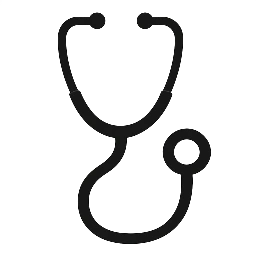As you work on this project, consider the following ideas:
o Children’s needs vary based on many factors, including experiences, culture, and ability level.
o Children’s interests are different and often change depending on the content area.
For example, a child may love to write about insects but cannot write much about
community helpers.
o Children demonstrate learning with different learning styles. One child may be able to listen once to a story being read and fully comprehend the story; another child listens four times and still does not understand the nuances of the story.
o Literacy instruction is never relegated to one block of the schedule; it should be integrated into all content areas. For example, a science unit will naturally include components of literacy.
• Review the sample units on pages 427–432 of Part Four, “Compendium of Instructional Procedures,” in the Tompkins course text.
• Select a thematic unit topic based on a grade-level standard. (Use the social studies or science standards of your state standards. Include the standard’s website in your resources).
o For example, a North Carolina science standard in kindergarten is:
▪ K.P.2.2 Compare the observable physical properties of different kinds of materials
(clay, wood, cloth, paper, etc.) from which objects are made and how they are used.
(Retrieved from https://www.dpi.nc.gov/documents/ec/extended-k-2
science/download?attachment.Links to an external site.)
• Explore ideas on how a unit on the selected standard could be designed to include
literacy components examined throughout this course.
• Reflect on which components of these units would motivate and interest students in
this content area.
• Reflect on your own style of learning and teaching. Decide if there are activities and
strategies that lend themselves to your own style.
• Create your own planning guide on the content-area standard of your choice. Create
this planning guide using a tool such as PowerPoint, NearPod, Canva, or Visme.
o The planning guide format can be similar to the samples presented in the text, or you
may design your own format.
o The planning guide presentation should identify the following:
▪ Unit theme based on a standard
▪ Intended grade level
▪ Minimum of 10 of the following components that address reading, writing, speaking,
listening, media literacy, communication arts, (the study and exploration of
communication, particularly in images), and literature:
• Author study
• Centers
• Content-area textbook
• Field trips
• Graphic organizers
• Interactive writing
• K-W-L chart
• Language experience approach
• Learning logs
• Literacy strategies and skills
• Literature circles
• Maps and diagrams
• Object and word sorts
• Projects
• Technology*
• Text set
• Vocabulary
• Vocabulary activities
• Website
• Word-study activities
• Word wall
*At least one of the activities must incorporate a technological component
▪ Identification and explanation of activities that specifically support struggling readers
and English-language learners
All of the information in the Planning Guide should be clearly cited and documented in
APA format.

Leave a Reply